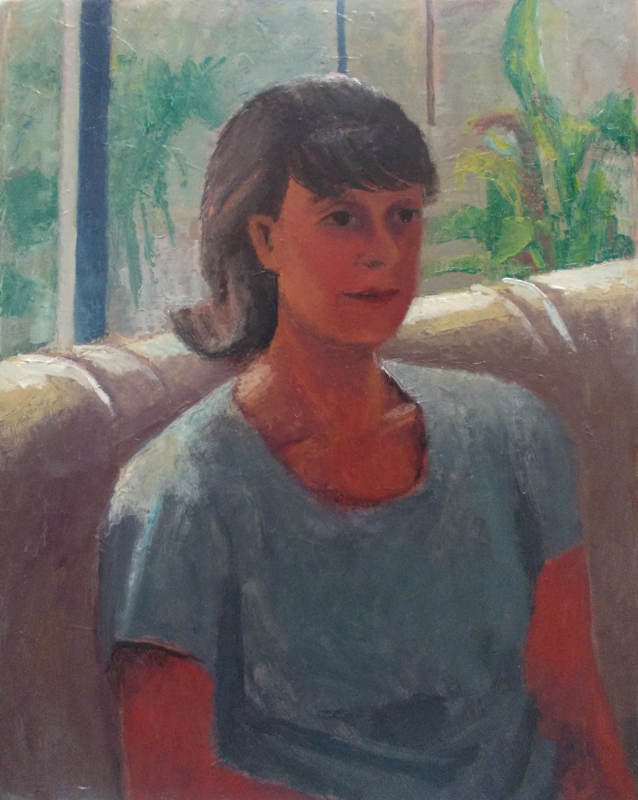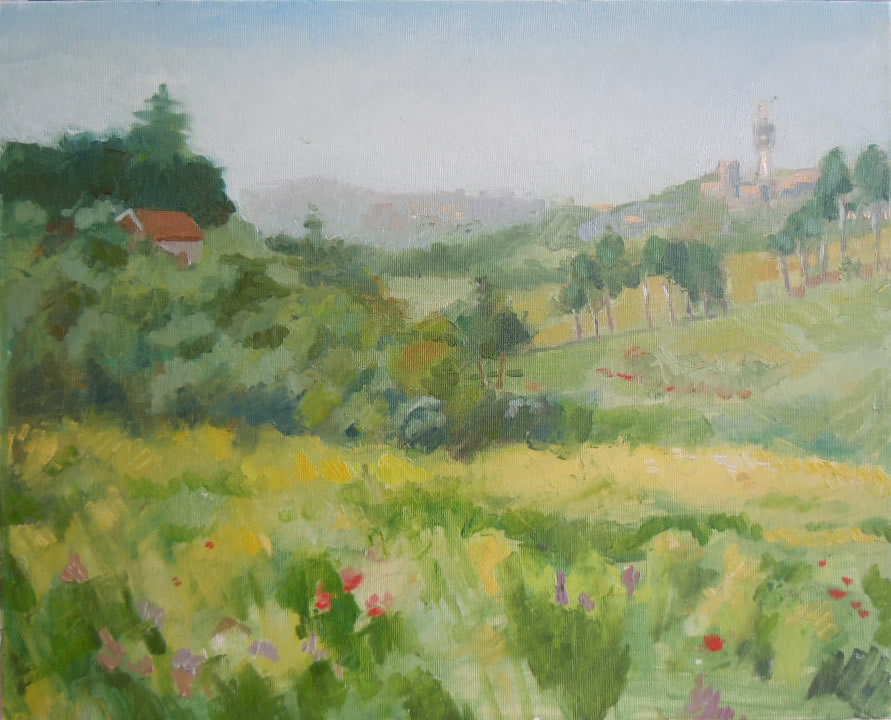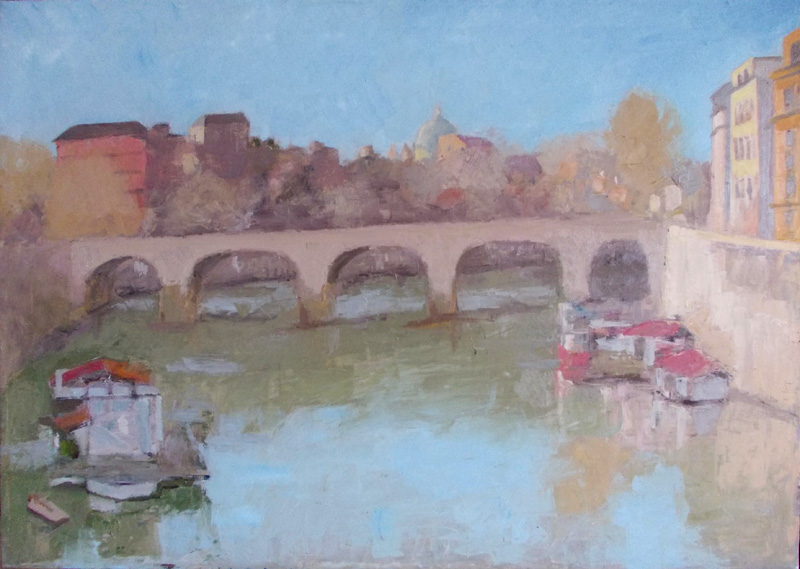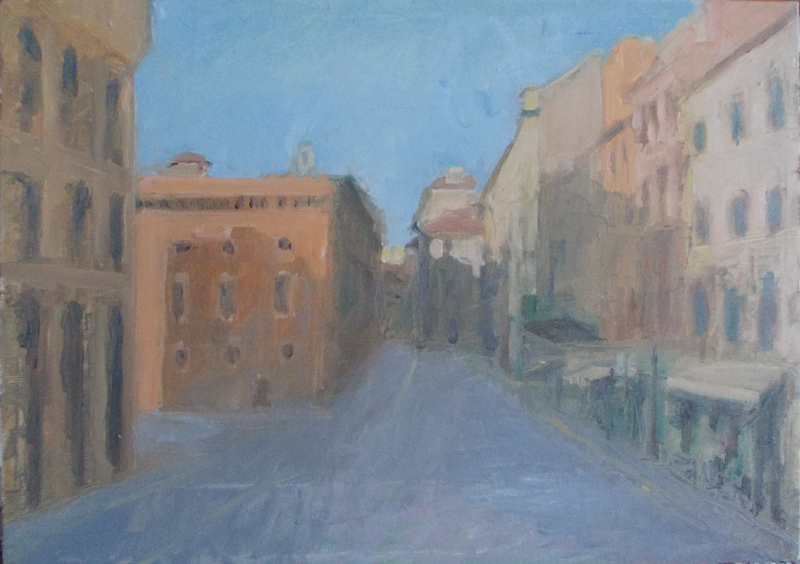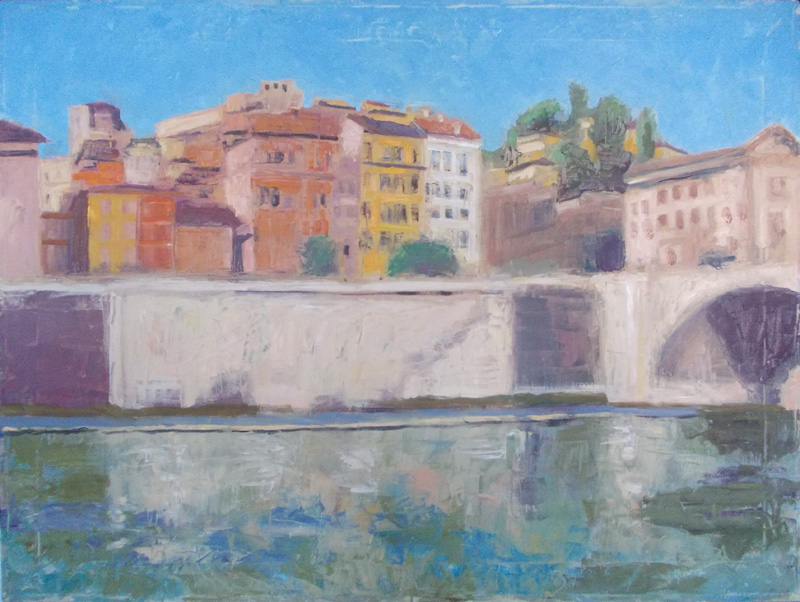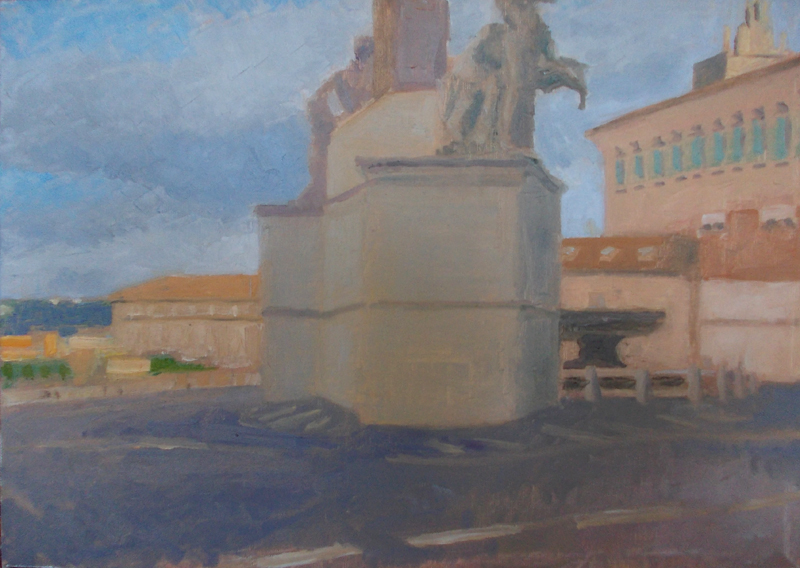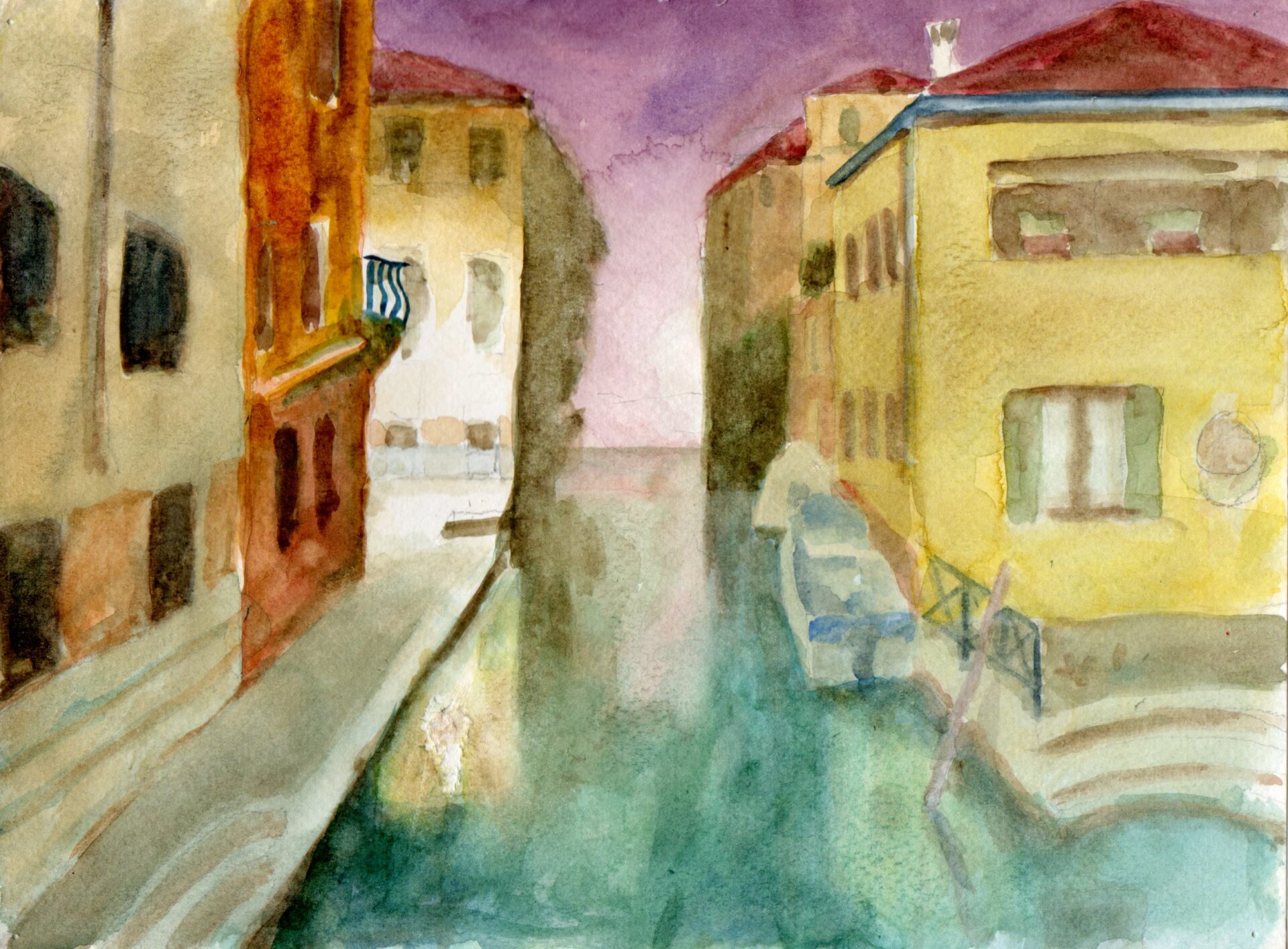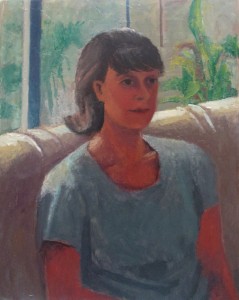
I read an interesting explanation of ‘schemata’ in a book titled ‘Truth, Meaning, Experience’ by Anil Gupta. I had been introduced to the concept of schema while teaching English as a second language. Schema can be defined as an organized pattern of thought or behavior that distinguishes categories of information and the relationships among them especially between common users – in this case language users.
For example, I can teach the phrasal verb ‘to pull over’ to a English language student by describing the scene: I am driving fast, the police car appears behind me with flashing lights and siren. Therefore, I must stop the car as soon as possible and allow the police officer to question or advise me, hence I ‘pull over’.
However, what the student will never be able to understand about this word is the association of tangible fear and panic that occurs as the situation unveils. This association between the word and the image of the scene is due to my culture and background of ‘fearing the law’. Not all cultures have the same ‘schema’ attached to the situation which the words ‘pull over’ tries to convey.
In regards to painting, the idea of schema is attached to the inner mapping of the material world that I am trying to respond to with paint. Schema is phenotypical and is built into the core of my person as an individual. When I look out at the world and decide to paint something, what I am looking at has meaning and is understood in a highly personal context. This can be considered for me, as the artist, the ‘content’ of the painting.
For instance, I am interested in painting the figure at the moment. When I stand in front of the model I have chosen to paint, the external features of the model are impressed in my inner self which responds to the ‘schema’ of that particular stimulus. Maybe the person’s face incites an inner idea of beauty to me. Or maybe I am repulsed by the model’s expression due to some bad experience from my past. This is what I mean when I talk about the inner map.
Through the manual work of ‘painting’ the image, I am forced to render the ‘schema’ as well as the likeness of the model to a visible form. The ‘schema’ that I am attempting to present in the painting can hardly be understood with a photograph or even with words. It is the exquisite quality of the nature of painting that allows the richness of ‘schema’ to be experienced by other individuals observing the painting.[whohit]-Truth-Value_EN-[/whohit]
